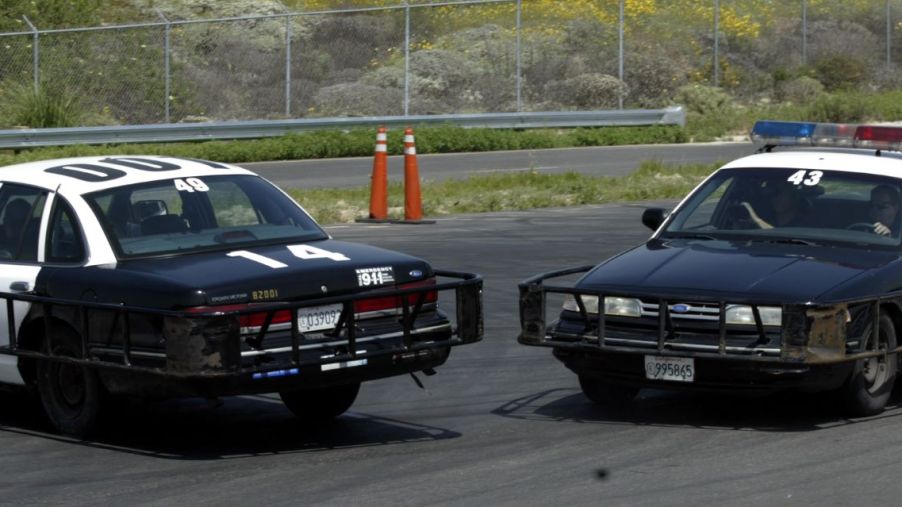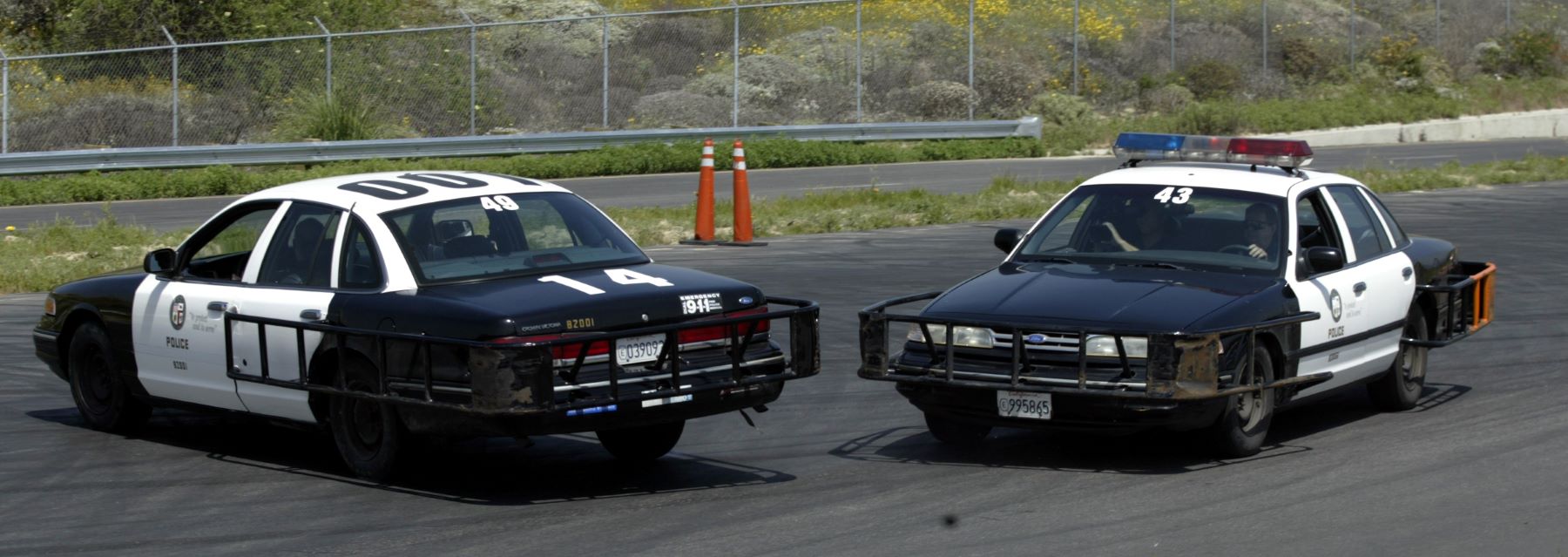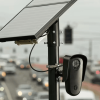
Do PIT Maneuvers Damage Police Cars?
A PIT maneuver is a controversial technique used by police to stop fleeing cars. There’s a lot of debate out there about these maneuvers in terms of car safety, especially since they can sometimes turn deadly. Despite these concerns, many police departments continue to use them and say that they can be safe if used properly.
What is a PIT maneuver?

PIT stands for Pursuit Immobilization technique. Police use this maneuver when trying to stop a fleeing vehicle. As Pursuit Response explains, a police car will approach a fleeing vehicle at as close to the same speed as possible in a PIT maneuver. It will then bump the suspect car’s rear bumper at a diagonal angle to send it into a spin.
Usually, as the fleeing car begins to spin, it will stall, disabling the vehicle and allowing police to apprehend the suspect. However, a study shared by the Office of Justice Programs has indicated that if the suspect vehicle has a stability control system, performing a PIT maneuver on it could have unpredictable results.
Does the PIT maneuver damage police cars?
If performed correctly, the PIT maneuver should not damage police cars. Of course, if things go wrong with the maneuver, the police car is not immune from damage.
Take, for example, a 110 mph chase that ended in disaster. In that case, the pickup truck being chased lost control when a PIT maneuver was performed on it. It crashed and ended up serving as a launching ramp for the police car that was pursuing it. The police car flew 20 ft into the air before crashing into a telephone pole and falling back to the ground. So, it’s clear that while the PIT maneuver may not damage police cars when everything goes perfectly, there’s a lot of room for error as well.
Is the technique safe for those being pursued?
Speaking of room for error, the most significant concern around the use of the PIT maneuver on the part of the police is not so much the danger to police cars but the danger that the maneuver can pose to drivers being chased and those around them when not used properly.
First, there’s the question of speed. High-speed chases are extremely dangerous contexts in which to use this technique, as there’s so much potential for instability. For that reason, many police departments across the nation limit the use of PIT maneuvers to speeds under 40 mph. Some even restrict them to under 30 mph. At this speed, experts believe that there is reasonably little danger to the drivers involved in the maneuver and those who happen to be nearby.
Of course, even when drivers try to do everything right, a PIT maneuver can go wrong. Such was the case for a pregnant Arkansas driver who filed a lawsuit against Arkansas police after the PIT maneuver they performed on her went wrong. It caused her to lose control of her SUV, rollover, and crash into the center divider.
Unfortunately, these are not isolated events. The Washington Post reported last year that since 2016, at least 30 people have died, and hundreds have been injured due to having the PIT maneuver performed on them. Furthermore, many of those deaths occurred due to police attempting to pull vehicles over for minor infractions. Critics of the technique cite numerous cases where they feel the safer route would have been to allow the driver to continue driving to apprehend them later when they were no longer in their vehicles.
All in all, the PIT maneuver can be an effective tool for disabling vehicles when appropriately used. Still, the amount of training and knowledge required from the police to do it safely can be a high hurdle to surmount. So, when things go wrong, the results can be deadly.


